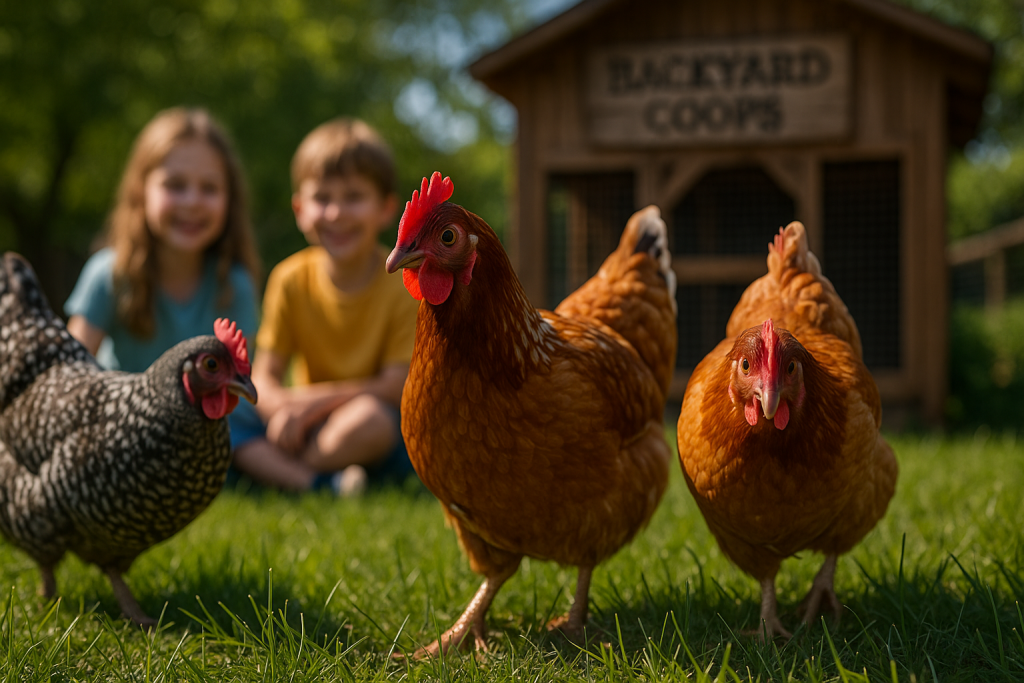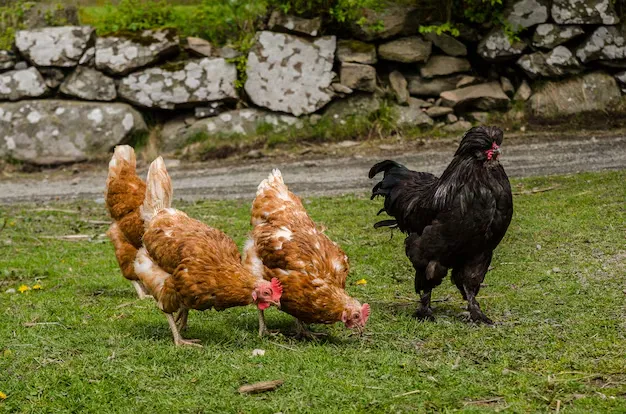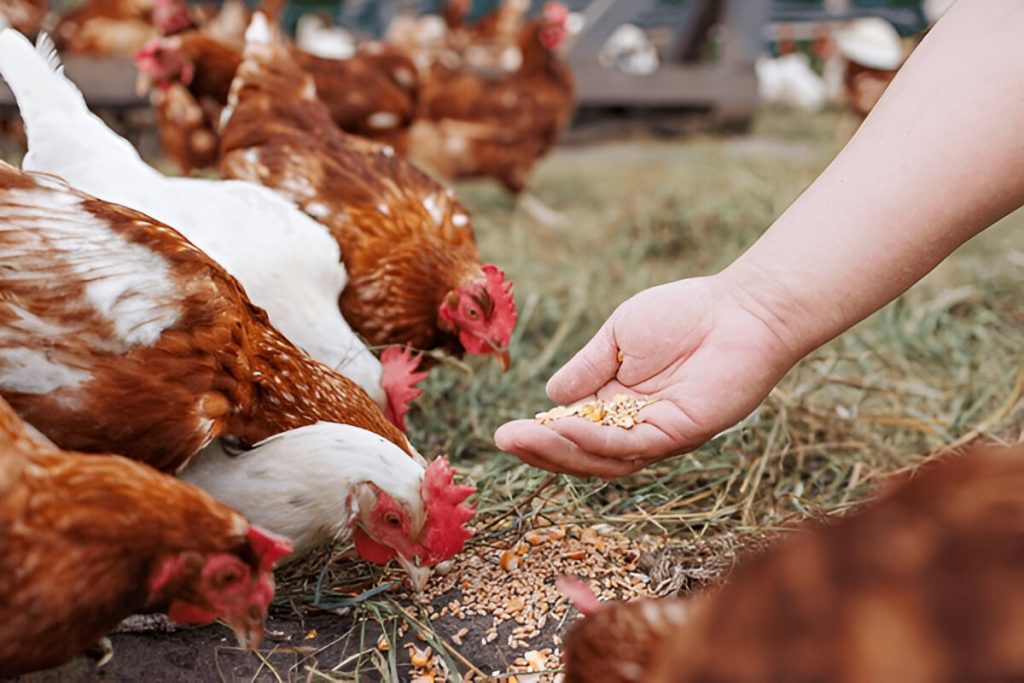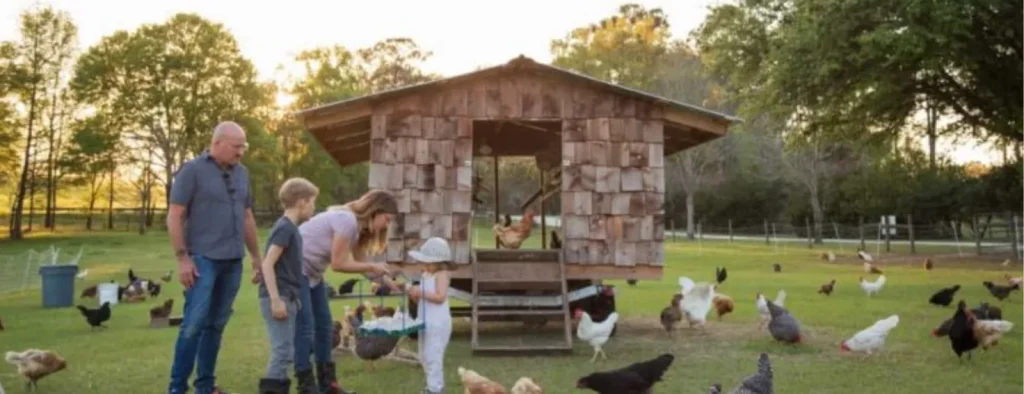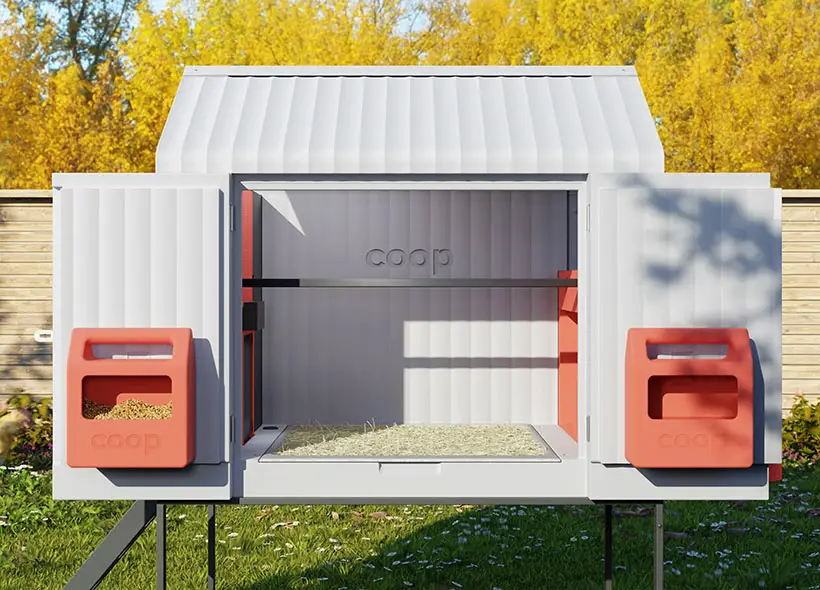Raising chickens in your backyard is an exciting and rewarding journey, offering fresh eggs, natural pest control, and a deeper connection with your food source. However, one of the most crucial first steps is selecting the right backyard chicken coop. With so many options on the market, it’s easy to feel overwhelmed. This guide will walk you through everything you need to know to choose a safe, comfortable, and functional home for your feathered friends.
Understanding the Basics of Backyard Chicken Coops
Before diving into coop styles and materials, it’s essential to understand what makes a chicken coop suitable for backyard chickens. At a minimum, a coop should offer shelter, security, ventilation, nesting areas, and space for roosting. The ideal backyard chicken coop protects your flock from weather and predators while providing a healthy and clean environment.
For example, if you live in a colder climate, your coop should be insulated and free of drafts. On the other hand, warm regions require ample ventilation to avoid heat stress. According to Chick and Nest, each chicken should have at least 2–4 square feet of indoor space and 8–10 square feet in the outdoor run. If your space is limited, consider a mobile coop, also known as a chicken tractor, which lets your flock graze fresh patches of grass regularly without free-ranging.
Additionally, choosing the right location in your yard is key. Look for a level area with good drainage and partial shade. Too much sun can overheat your hens, while too much moisture can lead to respiratory illnesses or muddy, unsanitary conditions.
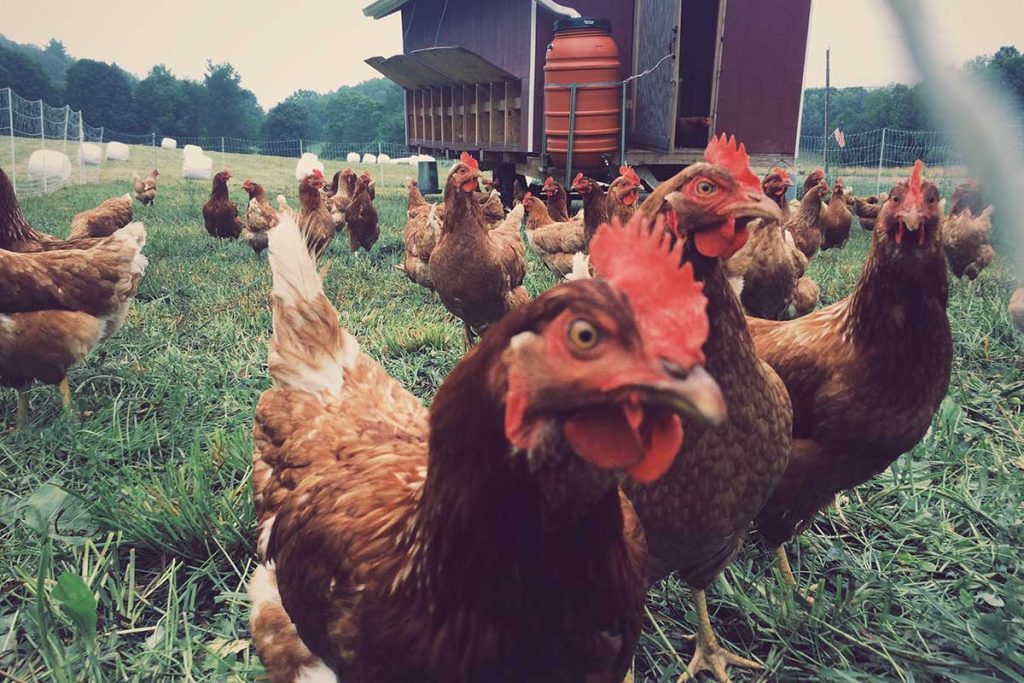
Key Features to Look for in a Chicken Coop
Not all backyard chicken coops are created equal. When shopping or building your coop, consider features that directly impact your chickens’ health and productivity. First and foremost, predator protection is critical. Raccoons, foxes, hawks, and even neighborhood dogs can pose a threat. Sturdy latches, buried wire mesh, and lockable doors go a long way in keeping your birds safe.
Another essential feature is adequate nesting boxes. A good rule of thumb is one nesting box for every 3–4 hens. Nesting boxes should be elevated off the ground and placed in a quiet, dark part of the coop to encourage laying. You’ll also want to add roosting bars for nighttime rest chickens naturally seek elevated spots to sleep for safety. Place these higher than the nesting boxes to discourage sleeping where they lay eggs.
Flooring materials are another consideration. Wood is common, but linoleum overlays, rubber mats, or sand can make cleaning easier and help with odor control. Avoid wire floors; they’re uncomfortable for chickens and can cause injury.
Lighting can also be important during winter months when egg production typically slows. Adding a low-wattage light on a timer can simulate longer daylight hours and help maintain steady laying.
DIY vs. Pre-Built Chicken Coops: Pros and Cons
When choosing a backyard chicken coop, one big decision is whether to buy a pre-built structure or go the DIY route. Pre-built coops are convenient and often come with user-friendly features and instructions. They’re great for beginners who want to get started quickly without worrying about measurements and materials.
However, building your own coop can save money and allow for more customization, especially if you have an unusual backyard layout. It also gives you the opportunity to use reclaimed or eco-friendly materials. Just remember that DIY projects require time, tools, and some carpentry skills. There are many free and paid coop plans available online, like those from The Garden Coop.
Pros of DIY Coops:
- Custom sizing to fit your backyard
- Cheaper if you already have tools and materials
- Creative freedom to match your style
Pros of Pre-Built Coops:
- Faster setup
- Often include detailed manuals
- Reliable design tested by other users
Before deciding, factor in your timeline, budget, and level of construction experience. A poorly built coop can cost you more in the long run if it fails to protect or comfort your flock.
How Many Chickens? Choosing the Right Size Coop
It’s tempting to start small when you’re new to raising chickens, but flock size matters. The number of chickens you plan to keep should directly influence the size of your coop. As mentioned, aim for 2–4 square feet of indoor space per chicken. Overcrowding leads to stress, pecking, and lower egg production.
Let’s say you start with 4 hens. That’s at least 8–16 square feet of indoor space and 32–40 square feet of outdoor run. Planning for future expansion is wise. Many new keepers wish they had gone bigger once they realize how fun and productive chickens can be.
A slightly oversized coop also stays cleaner longer and provides a healthier environment overall. It’s better to grow into your coop than out of it too soon.
Maintaining Your Backyard Chicken Coop Year-Round
Choosing the right backyard chicken coop is just the beginning. Regular maintenance is crucial for keeping your flock healthy and your coop in good condition. Daily tasks include checking waterers, collecting eggs, and removing wet bedding. Weekly chores might involve cleaning nesting boxes and refilling feeders.
Seasonal maintenance matters too. In the winter, you may need to insulate waterers to prevent freezing and check for drafts. In summer, ensure your ventilation is working properly to avoid overheating. Deep-clean the coop at least quarterly remove all bedding, disinfect surfaces, and inspect for mites or pests.
Invest in easy-to-clean materials, and avoid designs with hard-to-reach corners where waste can accumulate. Clean coops prevent disease, keep odors at bay, and lead to happier hens and neighbors.
Conclusion:
Choosing the right backyard chicken coop is a foundational step for any beginner chicken keeper. By understanding your climate, prioritizing safety and comfort features, and considering whether to build or buy, you’ll set yourself and your chickens up for success. Remember to plan your coop size based on your flock, commit to ongoing maintenance, and enjoy the experience of raising backyard chickens. A happy, healthy flock begins with a well-designed home. So take the time to plan, and your efforts will be rewarded with fresh eggs, lively hens, and a thriving backyard setup.

